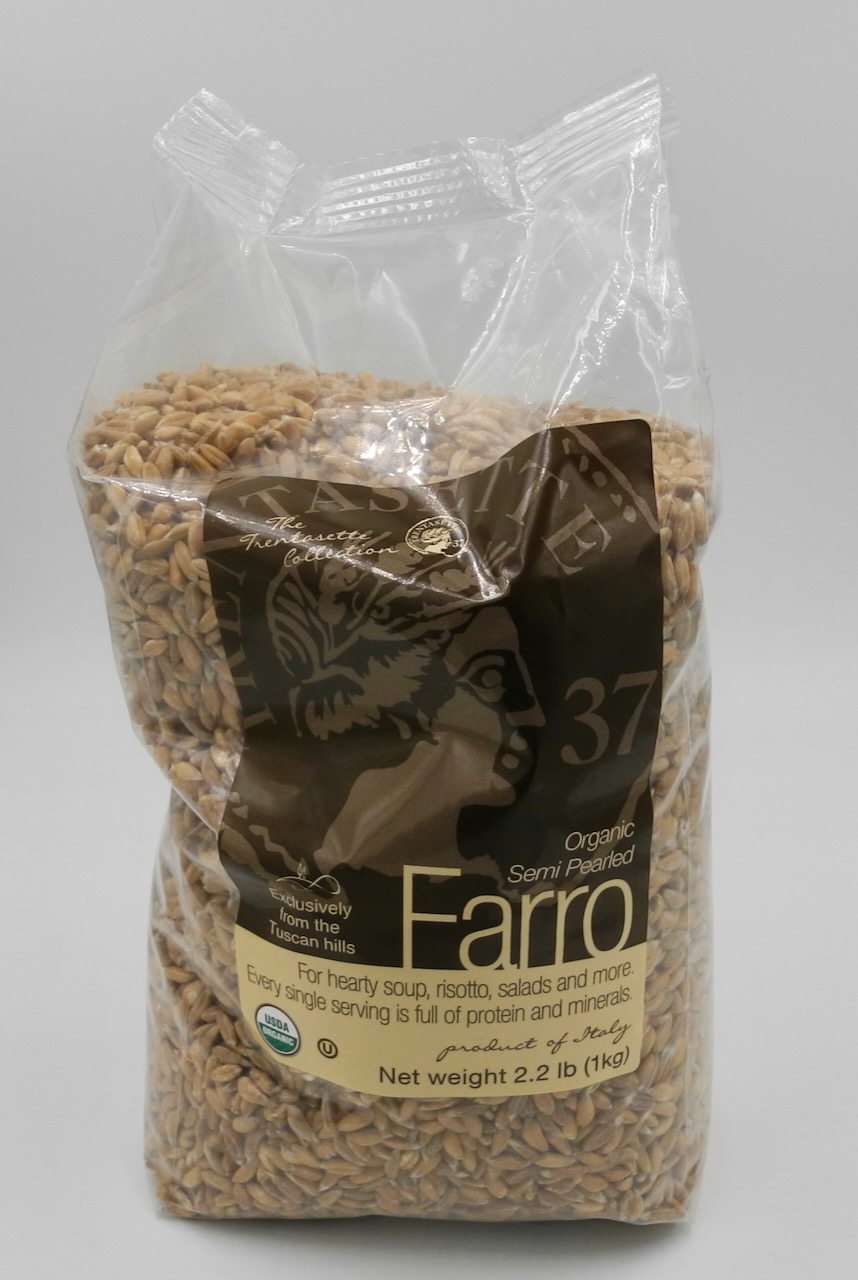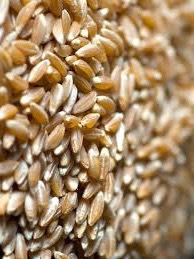Ingredients 101: Farro
A nutty, versatile and fast-cooking wheat grain.
Source: On Food And Cooking by Harold McGee
Farro is the Italian name for a nutty grain of emmer wheat that has its origins in ancient Roman times. It's a whole grain and a healthy complex carbohydrate and when cooked, it's tender and starchy in the way that barley is, meaning it has a soft surface while each grain remains chewy.
Some food writers say that farro must be soaked before using, but I've never found that was the case. Instead, when simmered in a generous amount of salted water or cooked in the same manner as a risotto, farro cooks to chewy tenderness in about 20 minutes. This makes farro a practical weekday dinner ingredient, compared to barley which can take an hour to become tender.
Note: Farro is extremely similar to spelt, a more commonly found wheat grain, and in some recipes, farro and spelt can be used interchangably. But spelt is best used when ground into a flour or added as whole grains to a batter for whole grain bread or muffins. If you merely substitute spelt for farro, you may be disappointed in the result because spelt can take far longer to cook and even then, the texture can be unappealing.
Like barley, bulgur, rice and couscous, farro can be used in a variety of ways. It can be partially cooked and then finished in a pilaf or risotto (Italians call this farrotto). A classic Tuscan recipe is to add farro to a winter bean soup. It's also popular as the main ingredient for salads in which the grain is first cooked, then brought to room temperature, and finally combined with ingredients like diced fresh pepper or tomatoes, onions or scallions, parsley, bits of salty cheese like feta or ricotta salata, and oil and vinegar. I often make a farro salad with slices of medium rare sirloin steak, sliced red onion, radishes, halved cherry tomatoes, big handfuls of arugula, and a horseradish vinaigrette, based on a favorite recipe from Sara Jenkins' Olives & Oranges cookbook.
Finally, farro has a nutty flavor, but it's not so forward that it doesn't combine well with other ingredients. That's what makes it perfect for soups and salads.
Until recently, farro was the kind of flavor you might only experience on a vacation to Italy (that's how I first had it, in a salad served at a restaurant in Arezzo, a charming Umbrian city famed for its Piero della Francesca frescoes). But since New York demands global food sources, it's no longer difficult to find here. Look in the same grocery area where rice, bulgar and other whole grains are sold.

